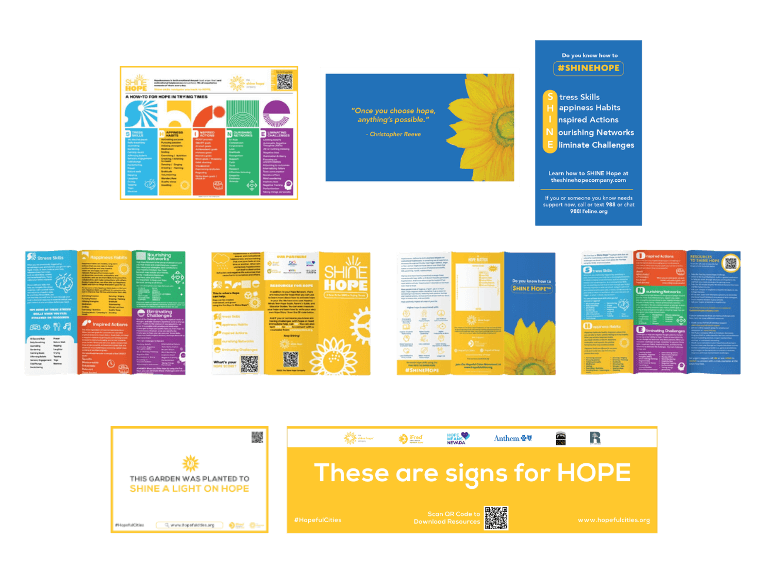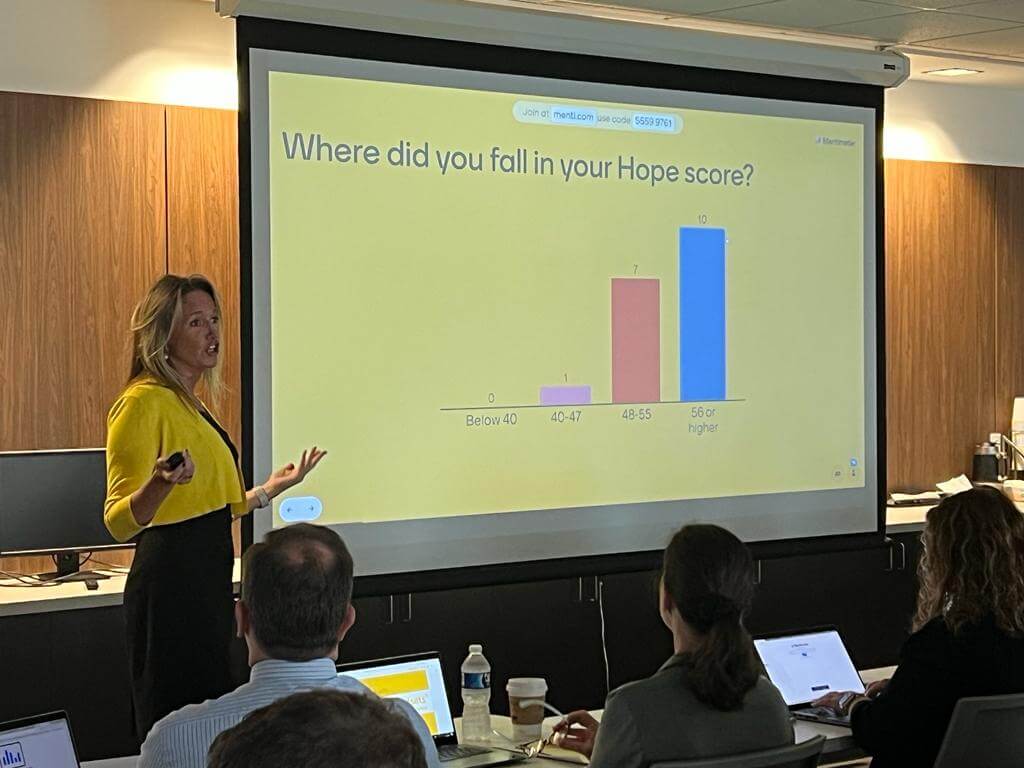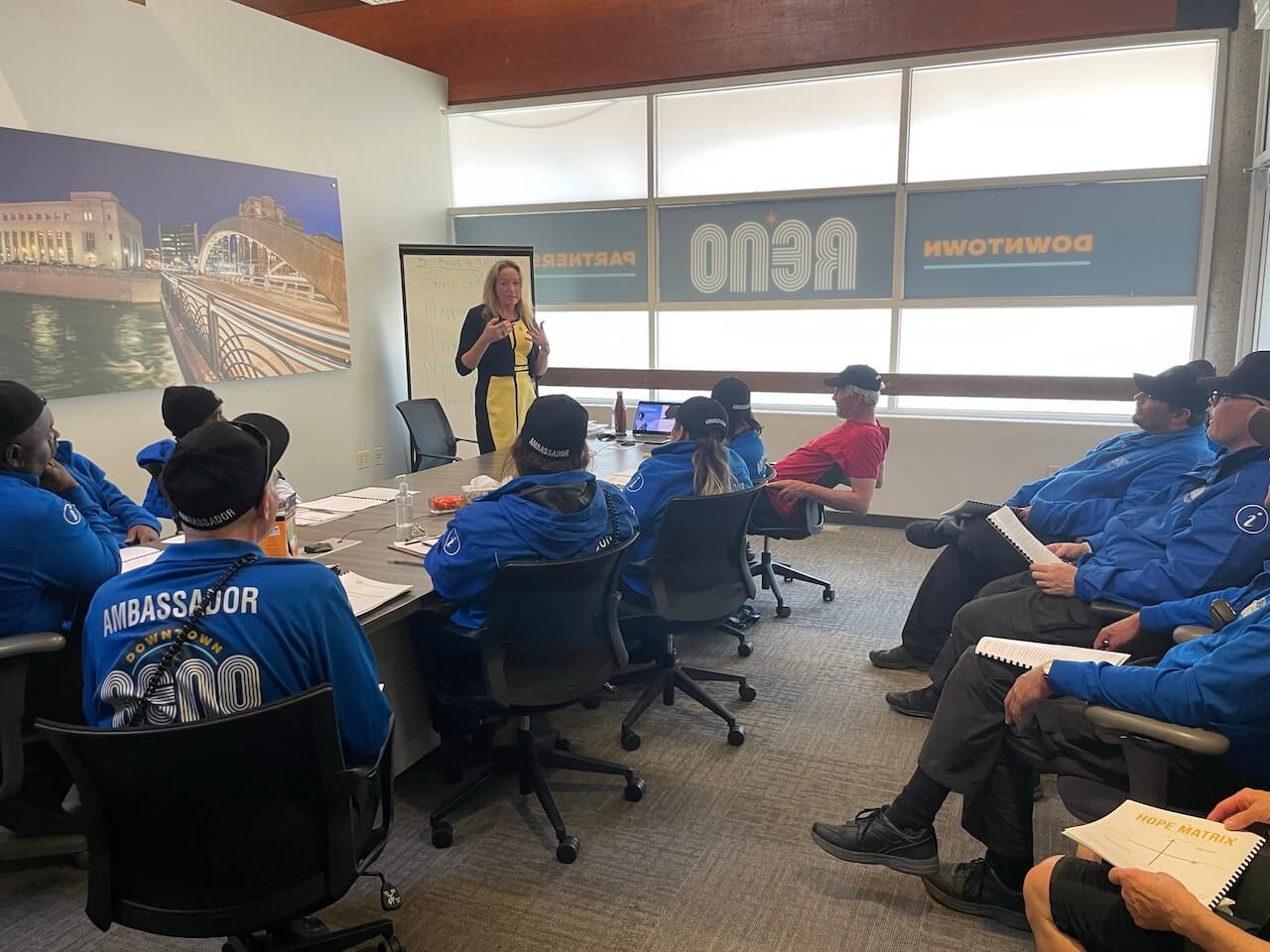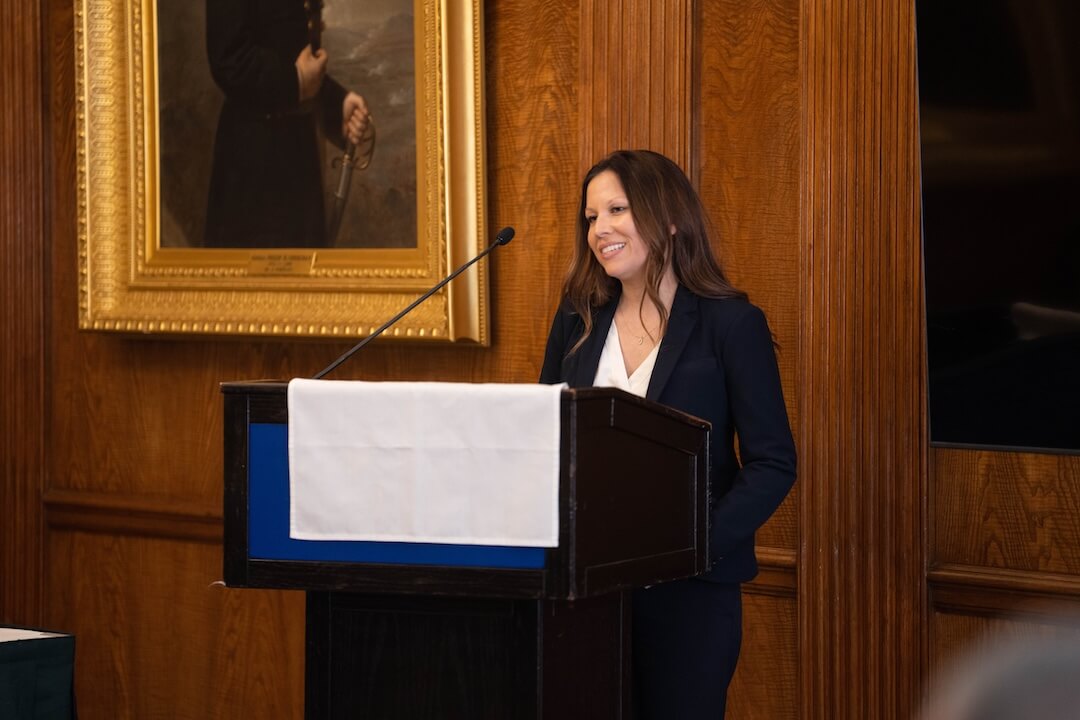Science
Science is crucial for activating hope within a city by providing empirical evidence, research-backed strategies, and data-driven insights that underpin effective interventions. Through scientific inquiry, cities can develop a nuanced understanding of hope, its impact on mental health, and the efficacy of diverse interventions. Scientifically informed approaches enable the identification of effective practices tailored to diverse populations, ensuring inclusivity and accessibility. Moreover, social psychologists have found that people are more likely to have positive attitudes about something if the topic is well-cited; thus, using science alongside the hope campaign increases the likelihood of engagement.
Furthermore, by conducting research, you are adding to Hope Science and to our overall understanding of hope, which equips individuals and communities with the tools needed to navigate challenges and setbacks, ultimately paving the way for a more hopeful and flourishing cityscape.
Take Action with the following interventions:

International Day of Hope
The International Day of Hope, scheduled May 1st, provides an opportunity for global solidarity. On this day, we come together to share the science, stories, and strategies of hope and actively engage in implementing hope in our lives and communities worldwide. Our goal is to advocate for the establishment of The International Day of Hope through an official United Nations resolution. This initiative will kick off a five-day campaign featuring the Five Day Global Hope Challenge, yard signs, sunflower gardens, workplace educational posters, sunflower Shine murals, live speaking events, classroom teachings of Hopeful Minds, and more.
We encourage Mayors, Governors, and schools to issue proclamations for their towns and environments, demonstrating solidarity in officially recognizing the day and joining the Hopeful Cities Movement.
Five-Day Hope Challenge & Social Media Campaign
The Five-Day Global Hope Challenge is a five-day e-mail challenge ensuring all know the what, why, and how to hope. It reviews what hopelessness is, the Shine Hope framework, and instructs how to measure hope. It is a simple way to get started learning how to Shine Hope.
Social media is a great way to share the resources available for hope with your friends, family, and community, so we have created a social media toolkit for hope as well. All of our images and content are available to download at no cost to share and activate the message for hope.
Download the Hope Challenge Social Media Kit for daily social media posts:
You can also help your community access the Hopeful Cities resources by tagging us in your posts using @theshinehopecompany @ifredorg #HopefulCities #Hope


Digital Communication Assets: Shine Hope Infographic, Moment of Hope Cards, Teen and Adult Brochures, Posters, Signs, and Billboards
Our digital communications provide an opportunity to educate all on the Shine Hope framework in an easy-to-understand way. We have an infographic and digital downloadable tool for newsletters or social media posts to describe the Shine Hope framework at no cost.
We have two brochures that are great for sharing in newsletters or other city-wide communications. Our Digital Shine Hope Brochure is geared toward adults, while our Teen Shine Hope brochure is similar, yet more teen-friendly. Both brochures include tips on the Shine Hope framework, and have resources to help elevate hope in your life and with others.
We also have Shine Hope Posters you can use as individual images, or on web portals, that give more details into the Shine Hope Framework. Lastly, we have a Sunflower Fascinating Facts poster for some interesting tidbits on sunflowers, if you have an interest!
Measure Hope Scores
We use Children and Adult Snyder Hope Scales, which are robust scientific measures that are used to study the outcomes of hope we share in this program. Hope is measurable and higher hope can lead to better outcomes. Encourage all those in your community to measure hope, so we can start tracking hopefulness in individuals around the world.


Feedback Mechanisms to Improve Hope Science
Feedback helps us learn more about the science of hope and it helps us adapt our programming to ensure it’s equitable. The more you do to get involved in Hope Science and contribute to our work, the more it will be improved. We ask that you send us feedback using this feedback form. We also include feedback surveys within each of our programs and ask that those who complete our programs complete those surveys to help us understand how to further improve. The more we know, the better we do:
Online Repository of Hope Science Research
We are compiling research on hope around the world to add to our collective knowledge, which gives a snapshot view of all the positive outcomes linked to hope. You can check out our research page, and see the latest in hope science. If you know of a hope study, send it over to veronica@theshinehopecompany.com so we can add it to the database.


Partnerships for Data Collection and Analysis
We’ve partnered with research institutions around the world to study the effectiveness of our programming, and encourage you to ask your research institutions and universities to join us. We are always looking for research partners to conduct studies on the effectiveness of hope interventions within diverse populations. We aim to continue to improve and tailor strategies to address specific community needs.
Consider working with us to create custom programs, research specific populations, or create additional studies on current programs. You can review the research we have completed on the Hopeful Minds curriculums at theshinehopecompany.com/research/
If you wish to partner with us, please contact us at activate@theshinehopecompany.com.
Printed Shine Hope Educational Materials for Staff and Waiting Rooms: Moments of Hope Cards, Teen and Adult Brochures, Posters, Signs, and Billboards
Our print communications provide an opportunity to educate all on the Shine Hope framework in an easy-to-understand way. We want to ensure all are equipped with a crisis hotline and skills to proactively activate their hope. It is our goal to ensure all know that hope is a skill, measurable, and teachable.
We have two brochures, a general one and a teen-focused one, available for waiting rooms, community centers, lobbies, offices, or libraries. We have posters for the walls in workplaces, coffee shops, libraries, or waiting rooms, and Moments of Hope cards to hand out anywhere people gather. Lastly, we have a Sunflower Fascinating Facts poster for some interesting tidbits on sunflowers, if you have an interest! All of these print materials serve as a cost-effective approach to getting the word out about hope, and start equipping the population to take a proactive approach to managing hope in their life and the lives of others.

